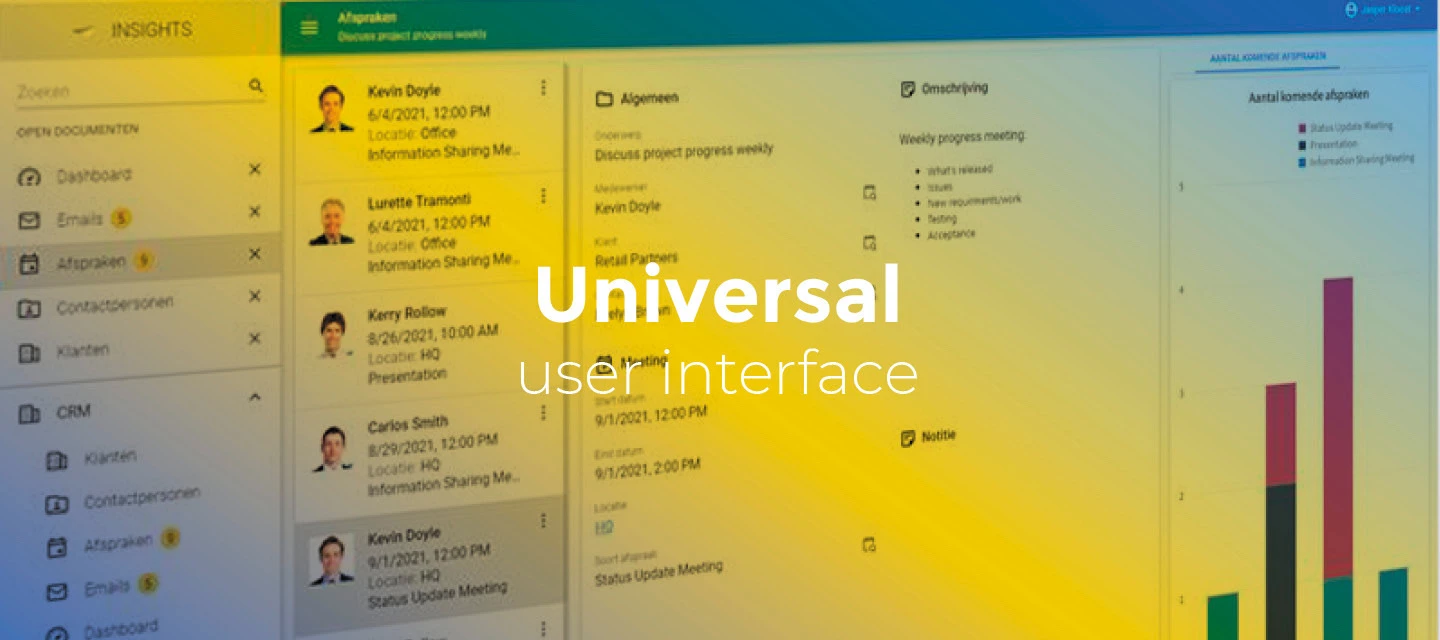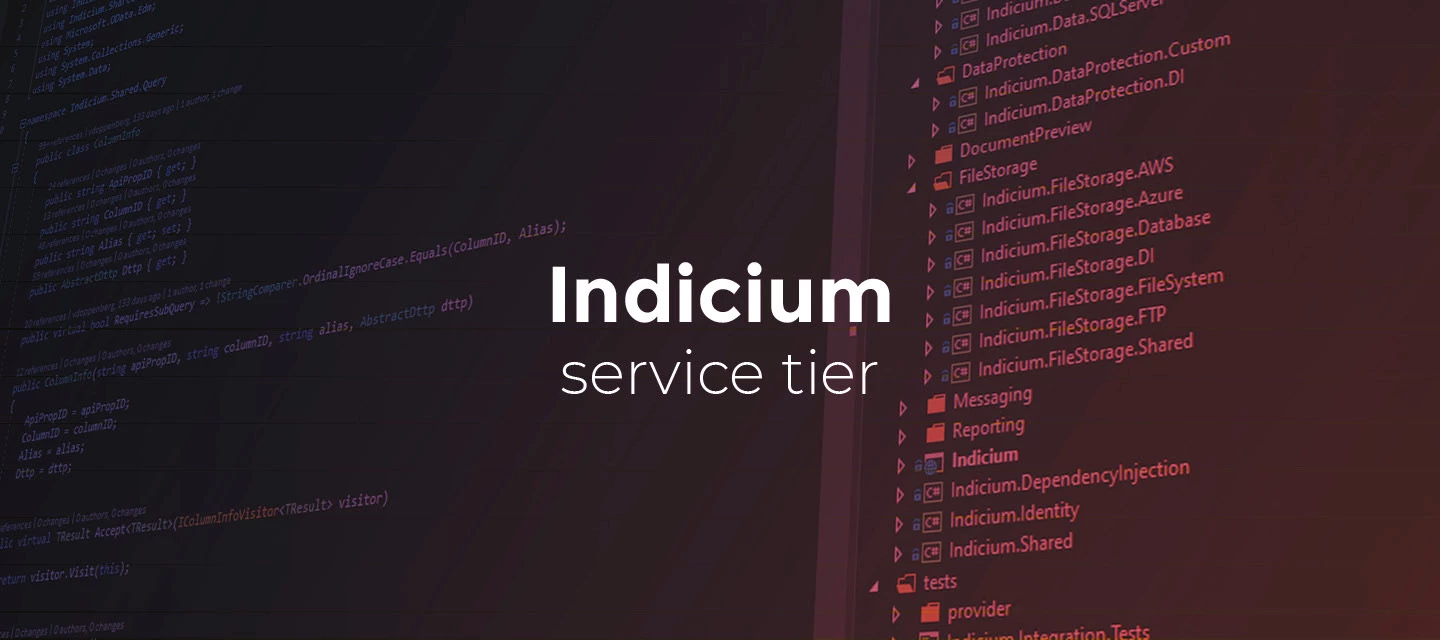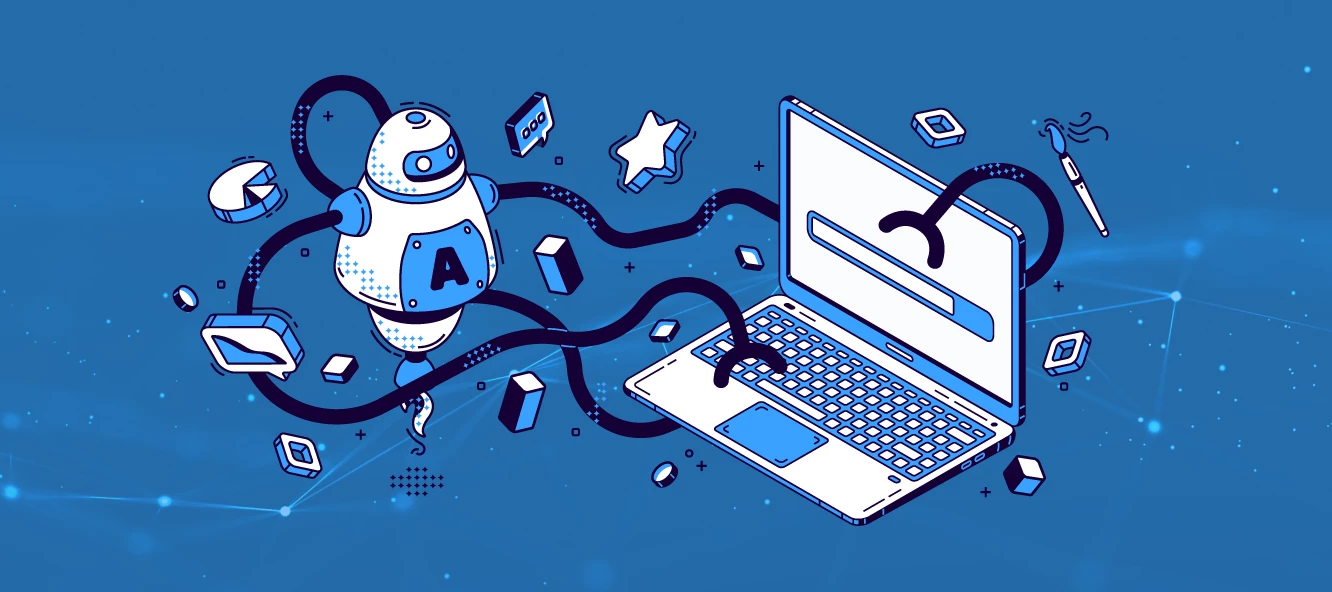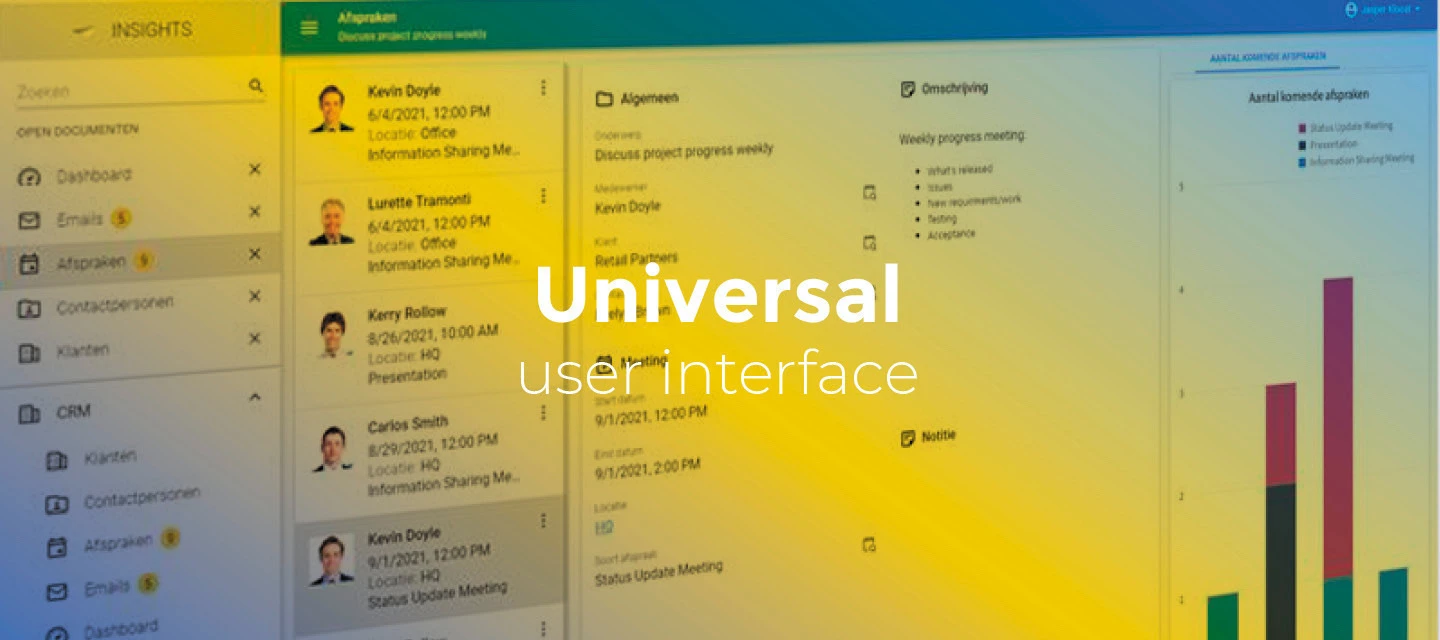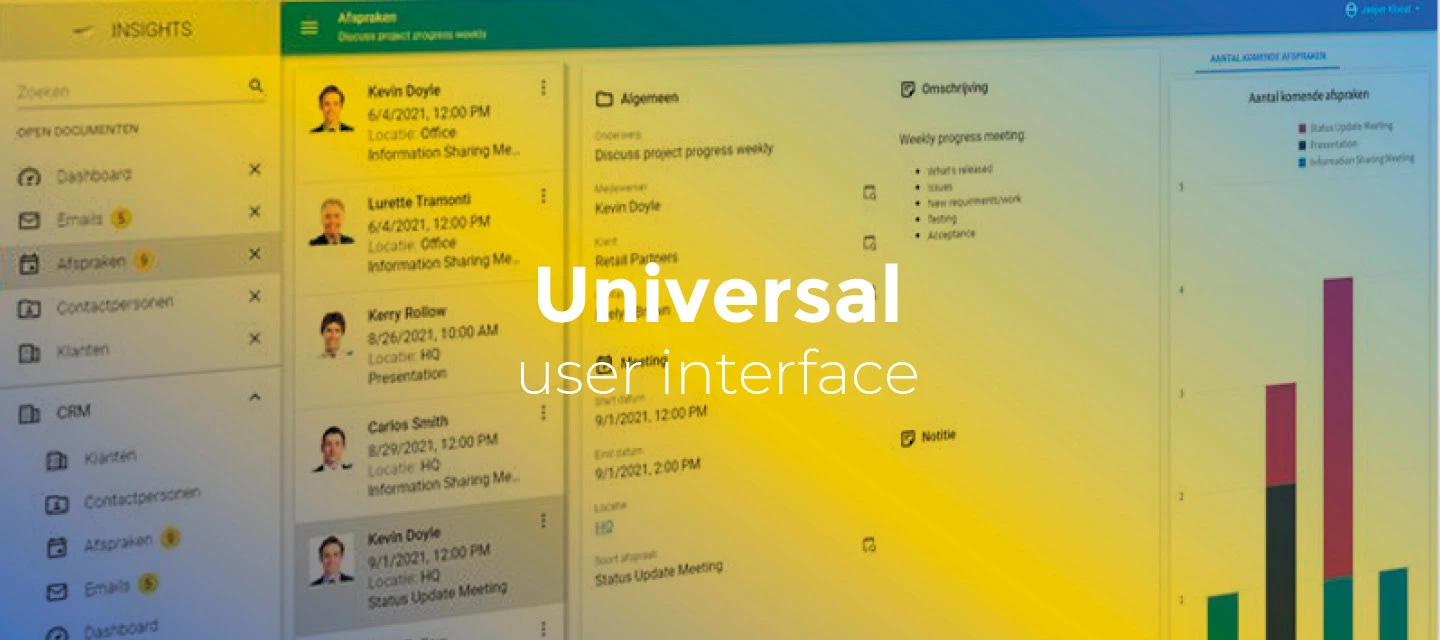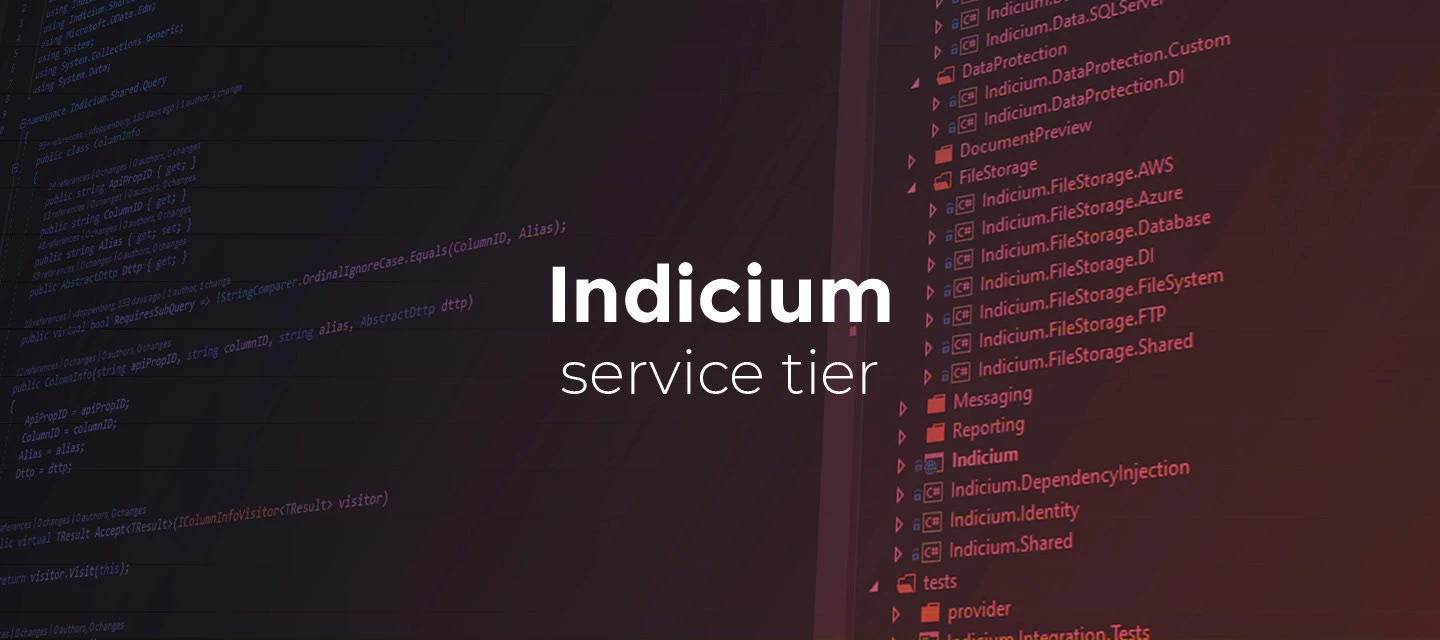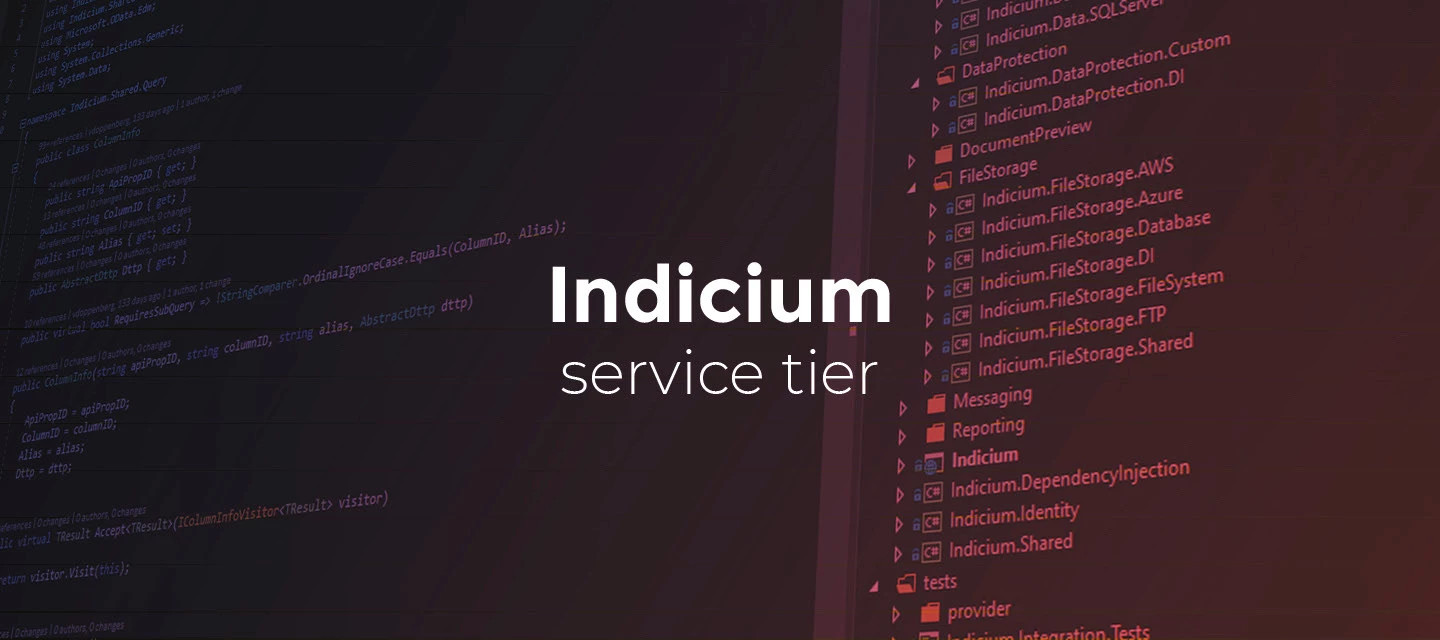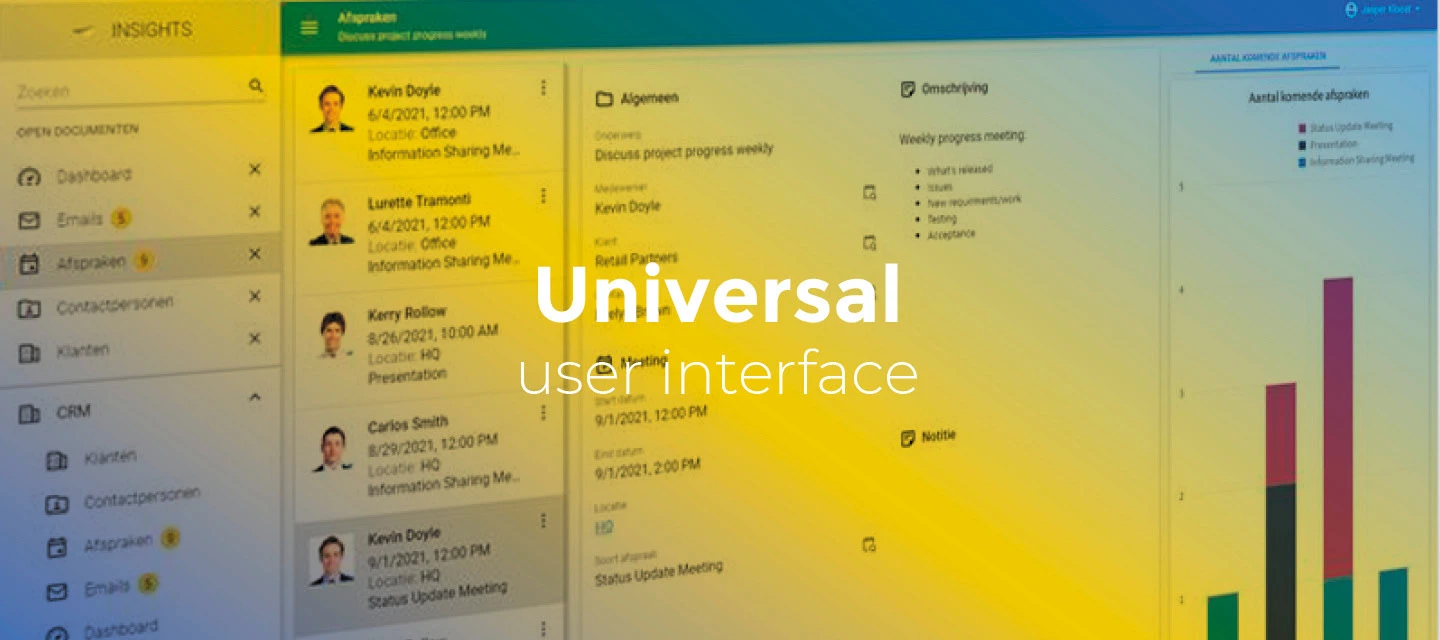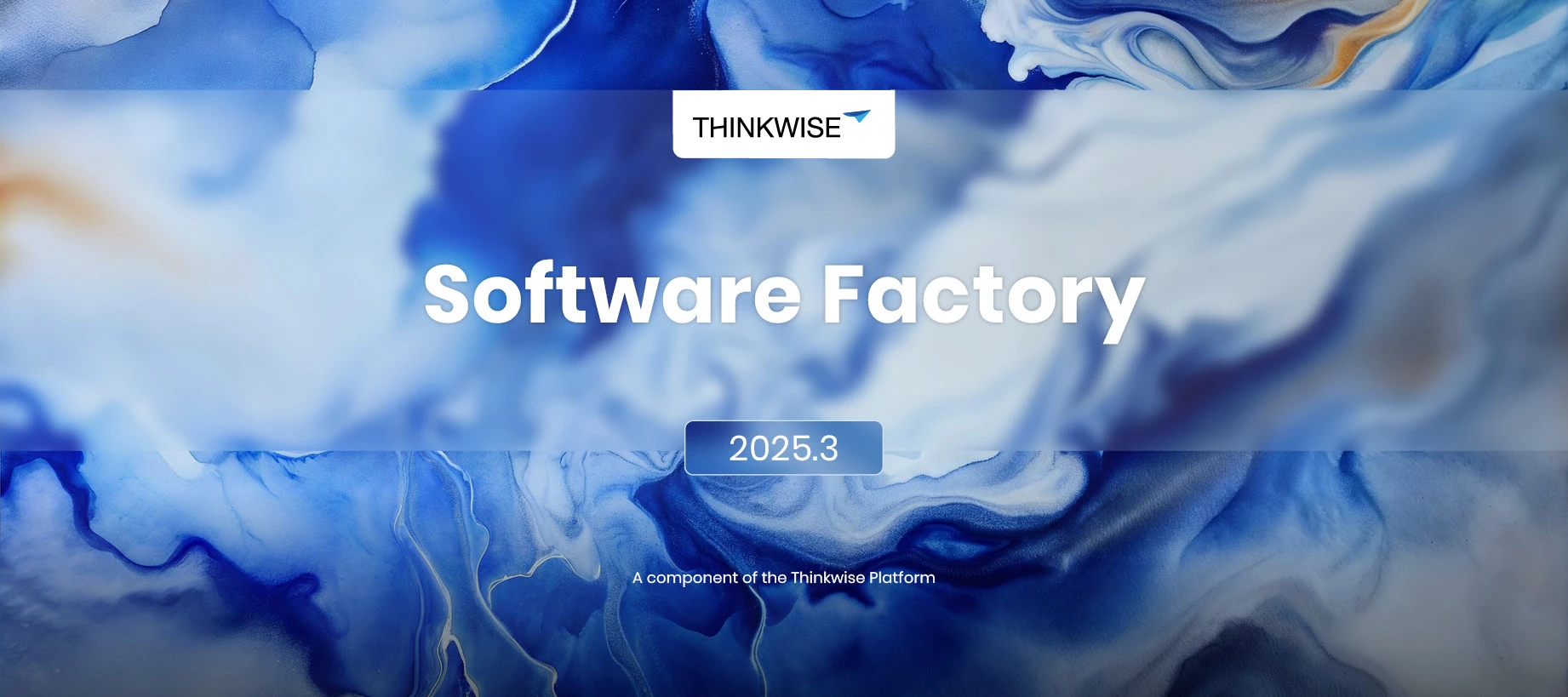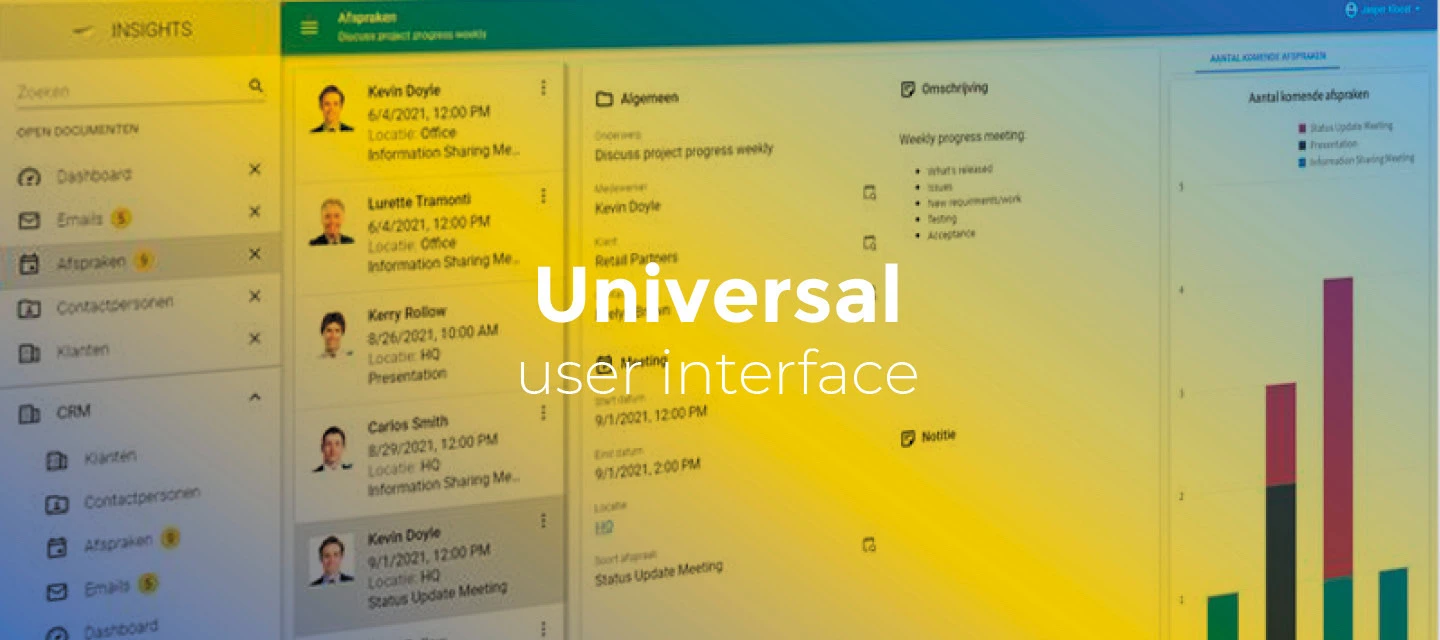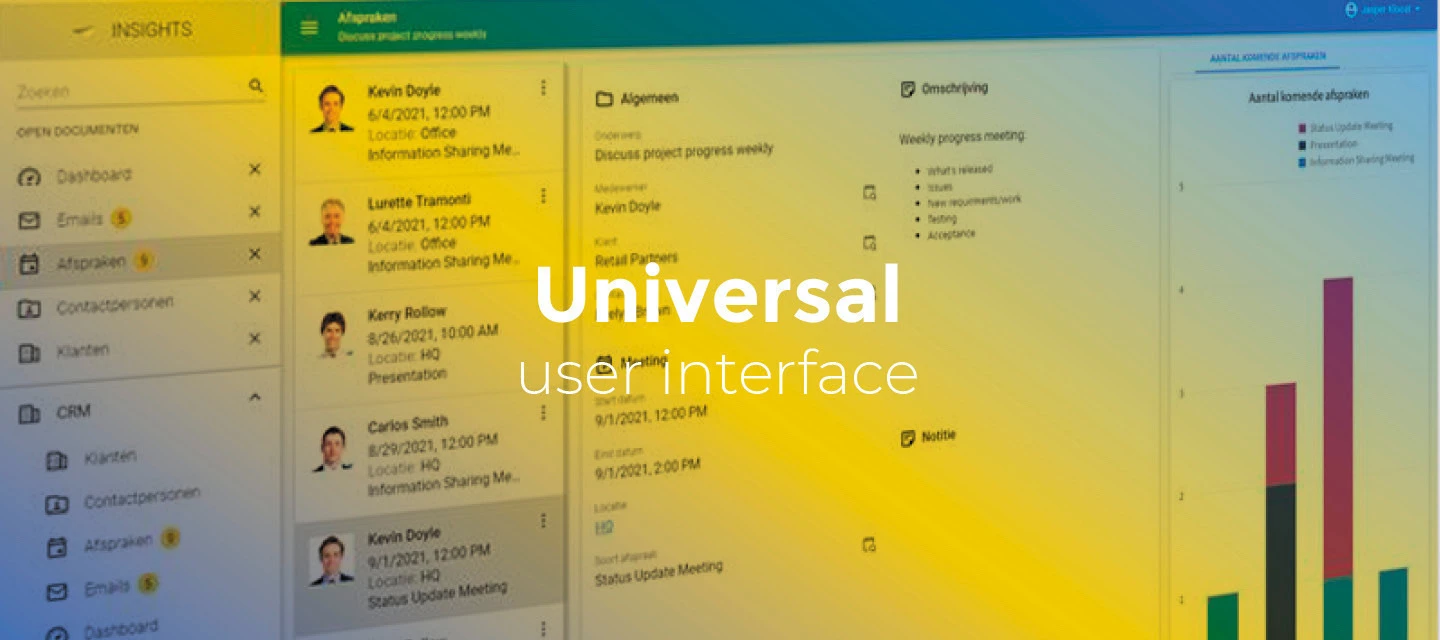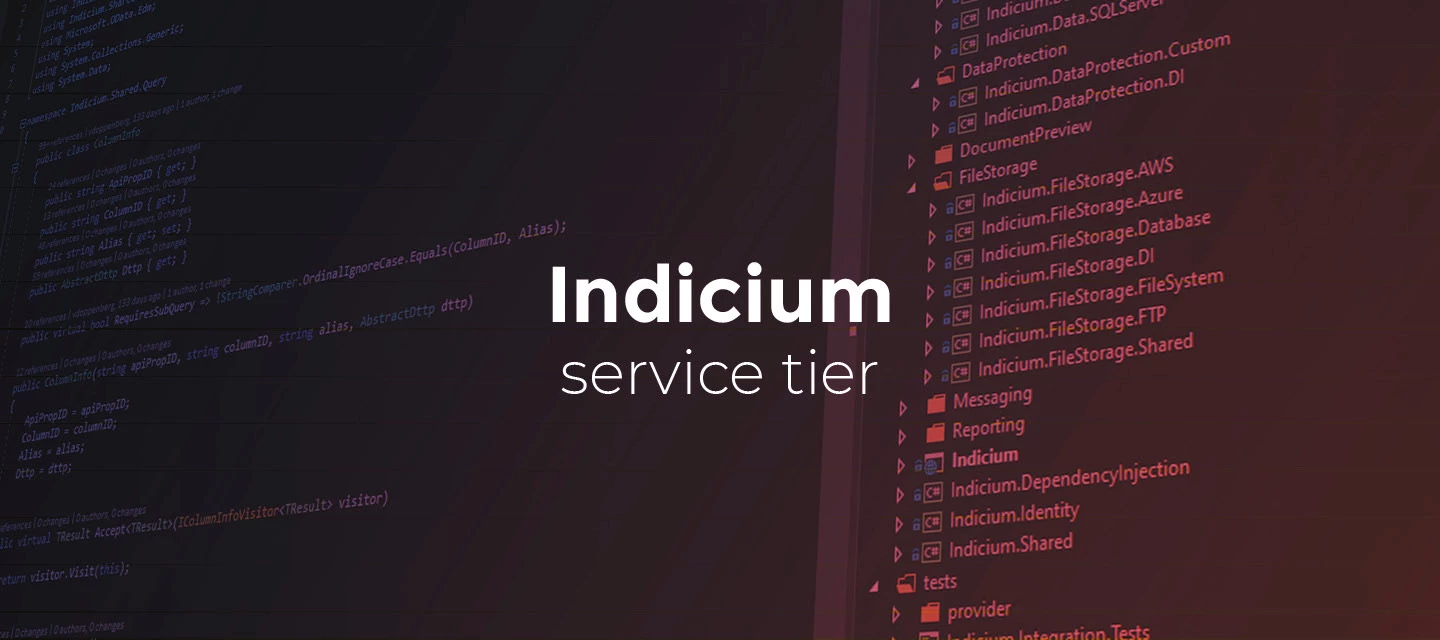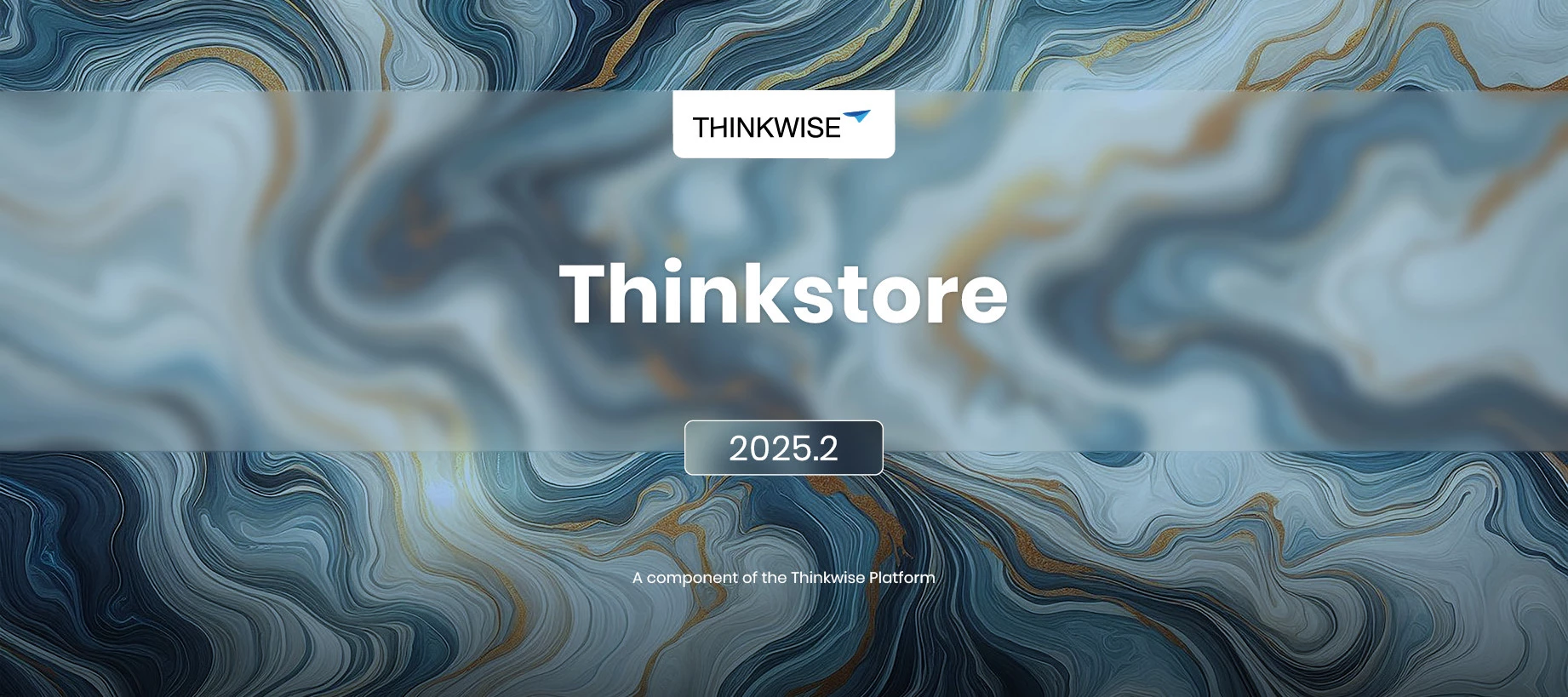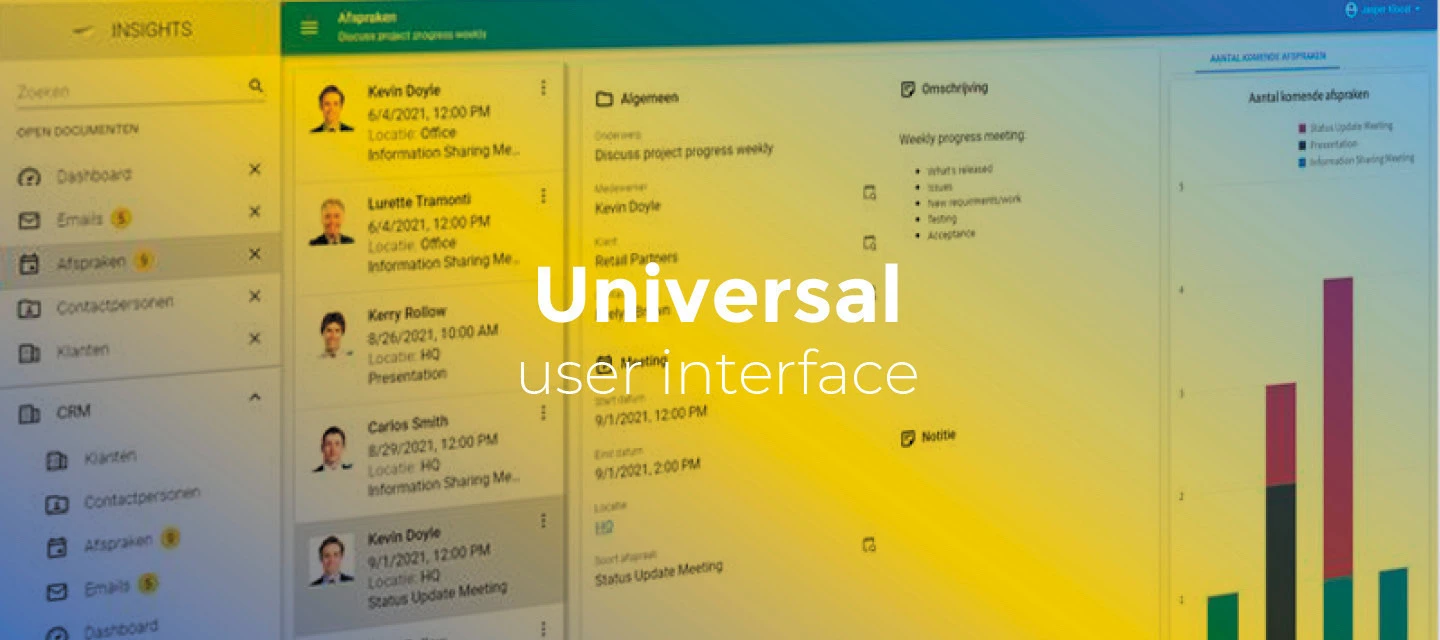hotfixDec 12, 2025
🚀 Platform improvements for week 50
Hi everyone!We’ve released the following platform improvements this week: SF 2025.320251210 - Prevent adding meta view parameters when only comment lines In 2025.3, we have added example queries to many of the available query fields. If you were to add a Meta auto or Meta custom view, the examples would be added in the View code, causing syntax errors. This has been fixed.
Related products:Software Factory

